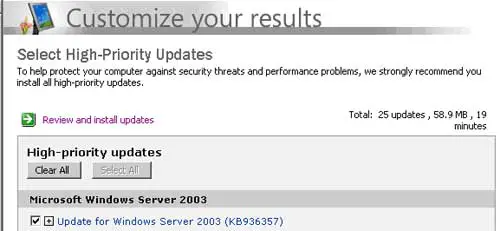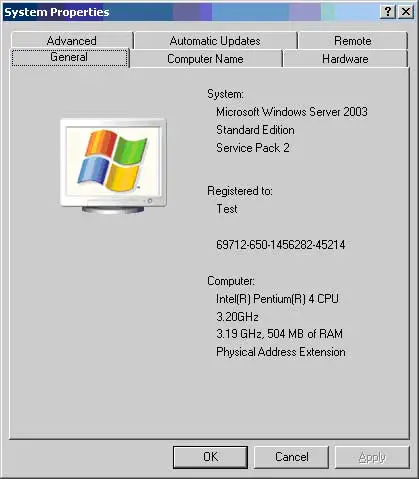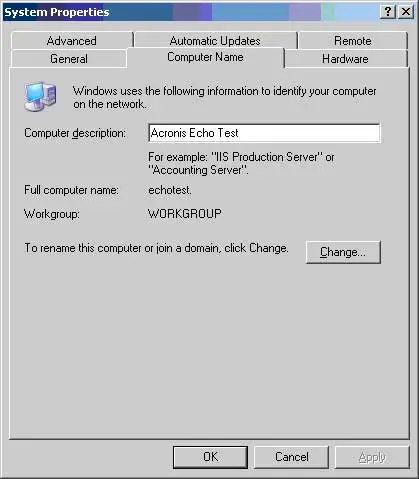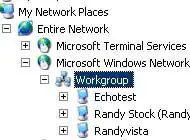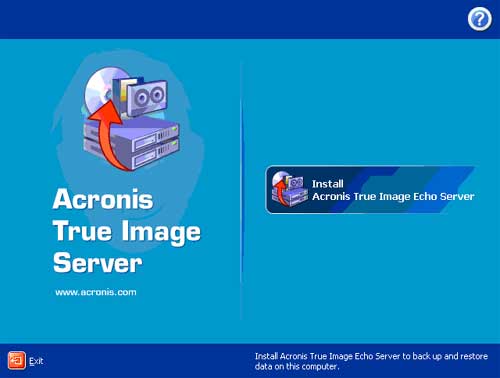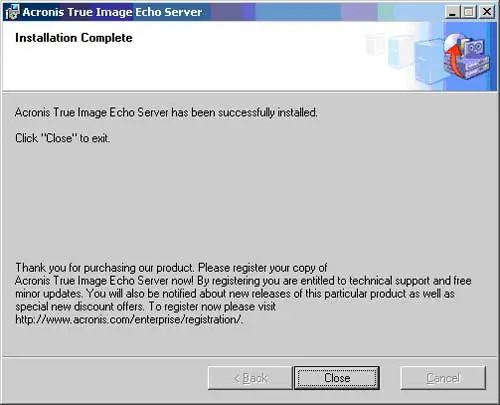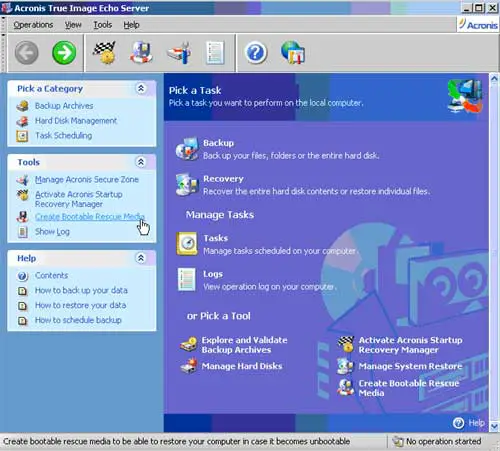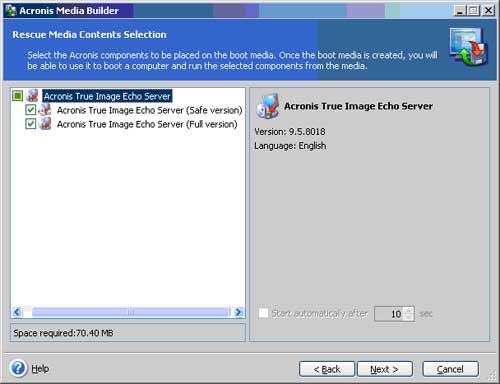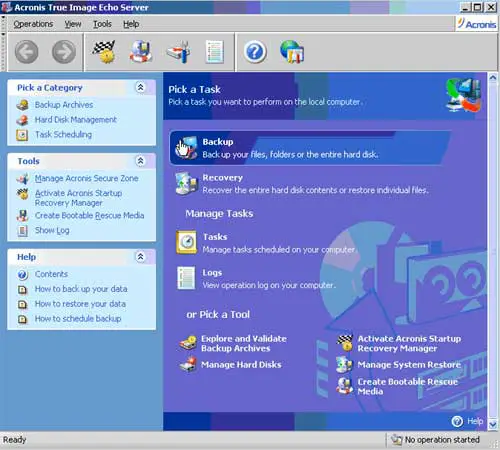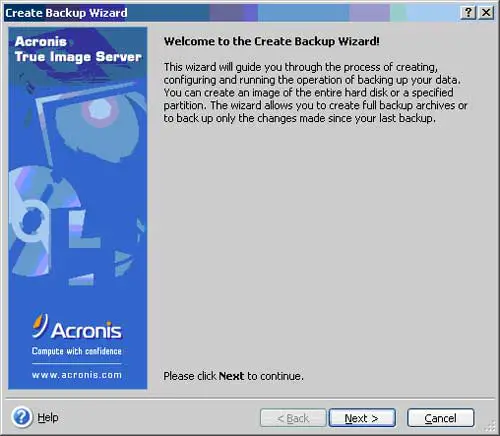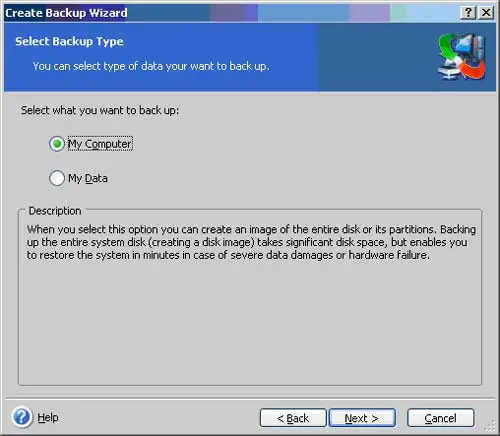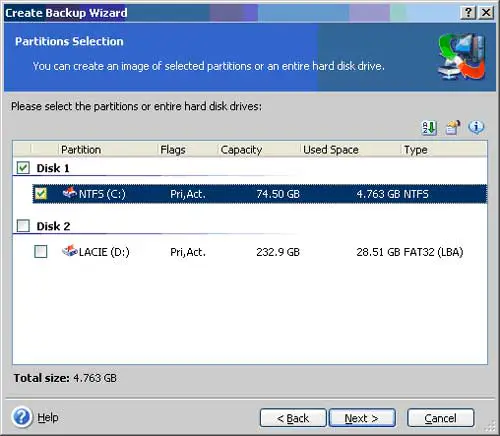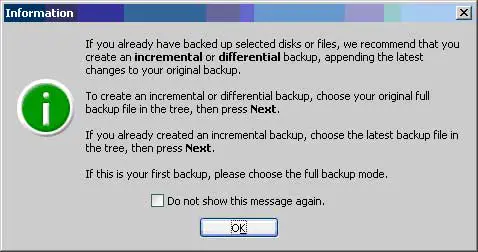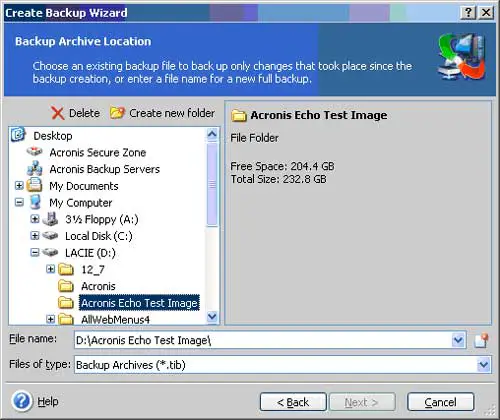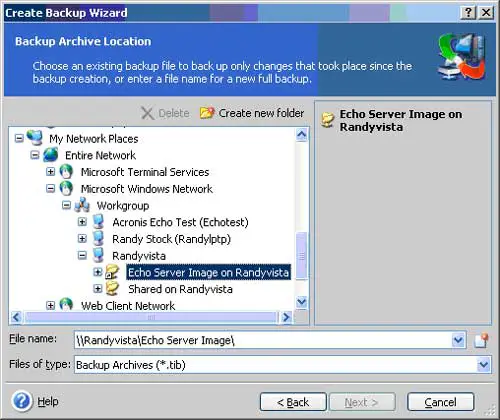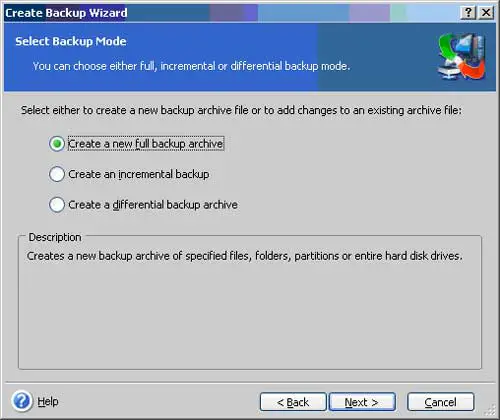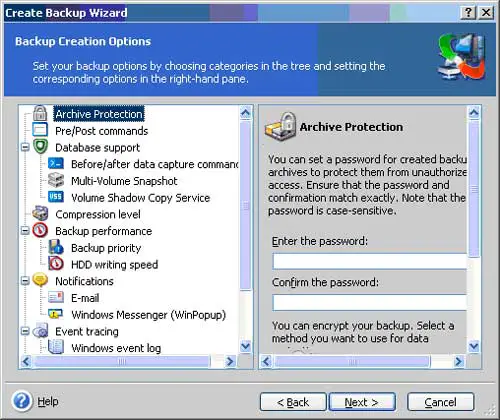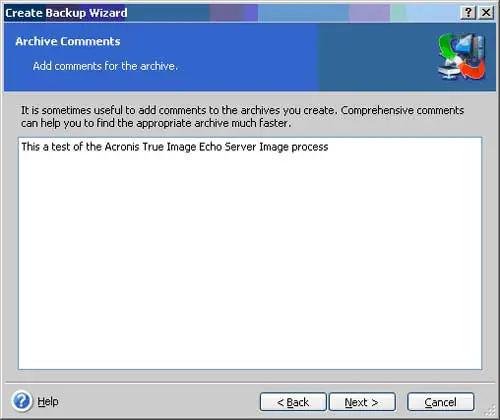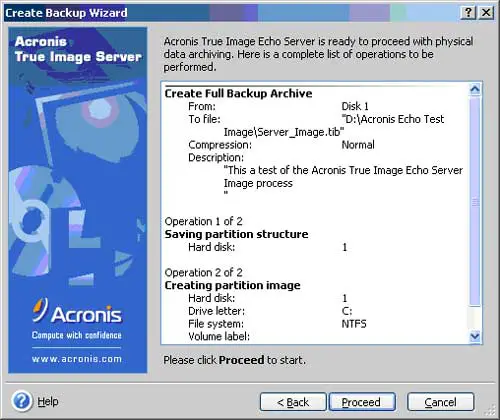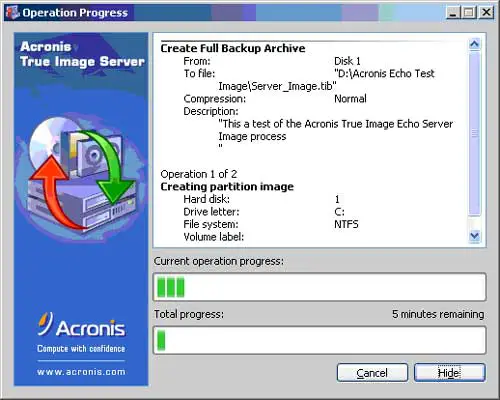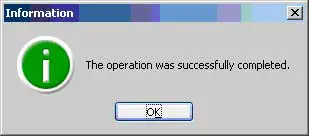Disclaimer: This post may contain affiliate links, meaning we get a small commission if you make a purchase through our links, at no cost to you. For more information, please visit our Disclaimer Page.
The Acronis Backup Server for Windows is the long awaited new version of the already renowned series of Acronis Corporate products. The Acronis Server for Windows is a perfect solution for protection of all data stored on Windows server, including the Server Operating System. Acronis Backup Server for Windows simplifies and automates the data recovery process, even when the need arises to recover to dissimilar hardwarePLATFORMS
New Version is Released
Acronis Backup for Windows Server is just released with new strategies geared towards virtual, cloud and server unification, the new version offers an outstanding range of new features, as well as hundreds of useful enhancements.
For the purpose of this tutorial or walkthrough of the Acronis True Image Echo Server, I have just installed a Microsoft Windows Server 2003, the 120-megabyte service pack 2 and then all of the 58.9 Megabytes of critical updates. I do not want to do that again none to soon. The solution is to use the Acronis True Image Echo Server to create an image of the server installation so a quick recovery can be performed if the need ever arises. Servers do crash. The Acronis True Image Echo Server makes it easy to perform scheduled backups of all your Windows servers in a few easy steps. Acronis also makes an Server for Linux but this tutorial is for the Microsoft Windows Server.
For the tutorial or review of the Acronis Server backup software, I just made a small workgroup as a test environment.
The installation of the Acronis Server was uneventful.
After a required reboot of the server, this is the first screen you will see when you open the Acronis True Image Echo Server. The first thing to do is create the Bootable Rescue Media so the Server can be restored in case it becomes unbootable.
The Acronis Media Builder is the same as the previous tutorial with the exception of the following screen where you choose the Acronis True Image Echo Server. I will choose to install both the safe and the full version of the Acronis True Image Echo Server to the bootable rescue media.
Do not forget to test the bootable media to make sure it works before you are in a disaster situation. Then from the Acronis True Image Echo Server management console, choose to backup your files, folders or your entire hard disk.
The next screen you will get welcomed to the Create Backup Wizard. The Acronis backup software will guide you through the process of creating, configuring and running the operation of backing up your data that resides on the server. You can create an image of the entire hard disk or a specified partition. The server backup software allows you to create full server backup archives or to back up only the changes made on your server since your last backup
For this full server image tutorial, choose to backup My Computer. When you select this option, you can create an image of the entire disk or its partitions. Backing up the entire system disk (creating a disk image) takes significant disk space, but enables you to restore the system in minutes in case of severe data damages or hardware failure.
The following screenshot is where you select the server drive to image.
Then there is the self-explanatory information screen.
The following screen allows you to choose a location for the image that the Acronis True Image Echo Server will create. I chose to put the image on a 250 gigabyte external hard drive.
I could choose to save the image over the network as the following screen shows.
The following screenshot shows that you can choose to create a new full backup archive or an incremental or differential backup archive of your Windows Server. Choose to create a new full backup archive to image the entire hard drive.
The following screen let me choose to run the server backup job manually or automatically. I chose the manual option to get to the following screen. The Acronis Server software gives you many options for the creation of a backup archive. It allows you to password protect the archive, send email notifications and to set the priority of the backup job. There are many other options to consider but for the sake of this tutorial, none will be chosen.
The next screen allows you to add comments for the image file. I added the comment that this was a test of the Acronis True Image Echo Server Image process.
The following screenshot shows what tasks that the Acronis Server is about to perform. It all looks good to me so I smacked the Proceed button.
The following screen shows the operation progress. Notice that I can still work while the Echo Server image is being created.
Then the operation completed successfully and it only took about 3 minutes to image about 2.5 gigabytes. Very impressive speed.
Check to see if the image is indeed where it is supposed to be.
The Acronis Backup and Recovery Server imaging process is very much the same as the Acronis True Image Home imaging process. However, you have to remember that this is a server we are dealing with. The Windows Server 2003 is a much more complicated operating system than Windows operating systems.
Whether you need to image a Windows Server or want to compile reliable backups of the data that resides on your server, the Acronis Server imaging and Windows server backup software is the only server backup solution you will ever need. See how easy it is to create a backup task.
As with any Acronis product that I have tested so far, The Server imaging process is a snap. The operation went quick and flawless. For that reason, the Acronis Server gets an honorable Brontobyte on a scale of Bytes to Brontobytes.
The Acronis Backup for Windows Server creates an exact image of your Windows server including the operating system, applications, and configurations. This remote backup and recovery utility can also back up mission-critical databases. Anyway, both your machine and special files or folders will be successfully restored in case of system failure. What is important to an IT administrator, backup procedures run without interrupting server operations. See our review of the Acronis Backup Server for Windows.

